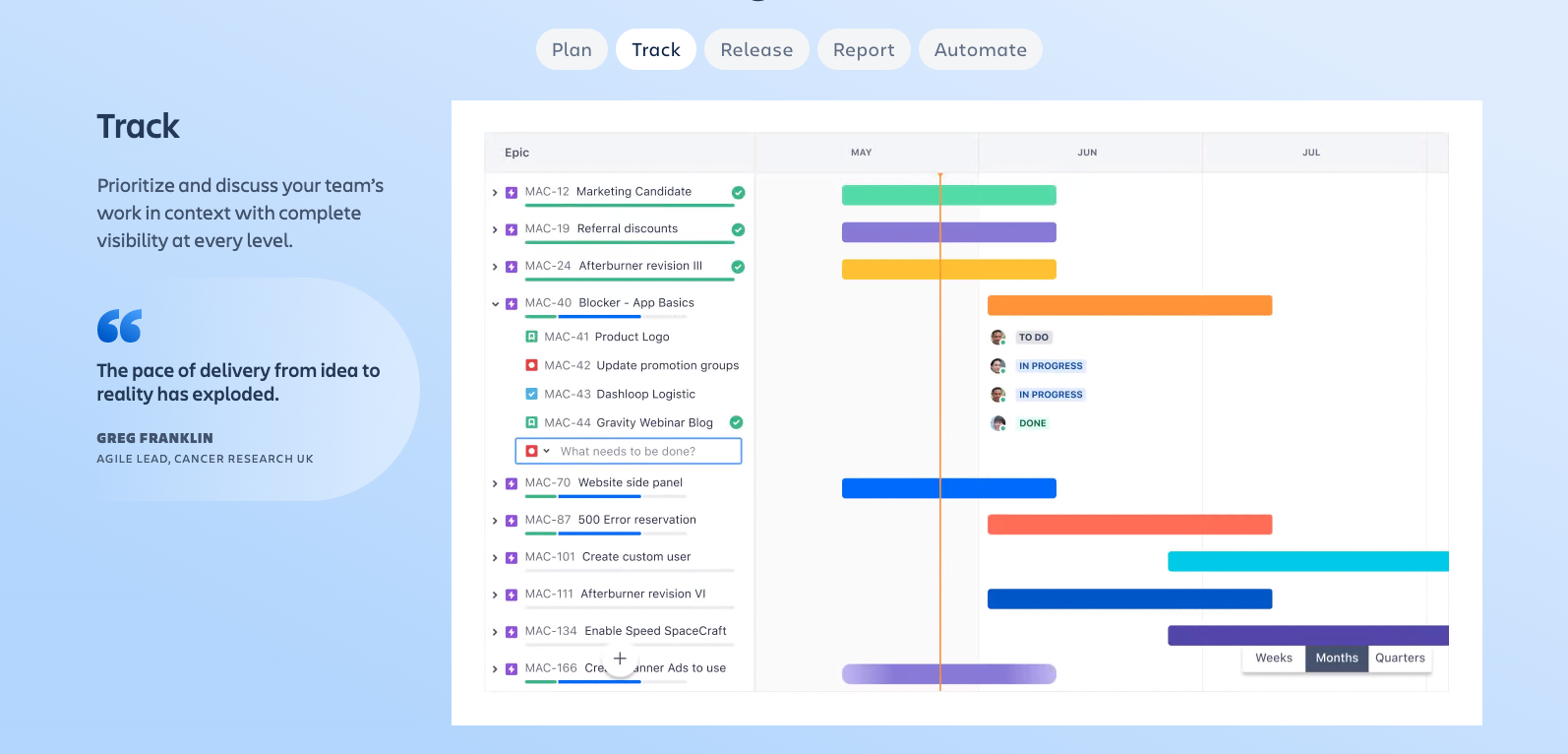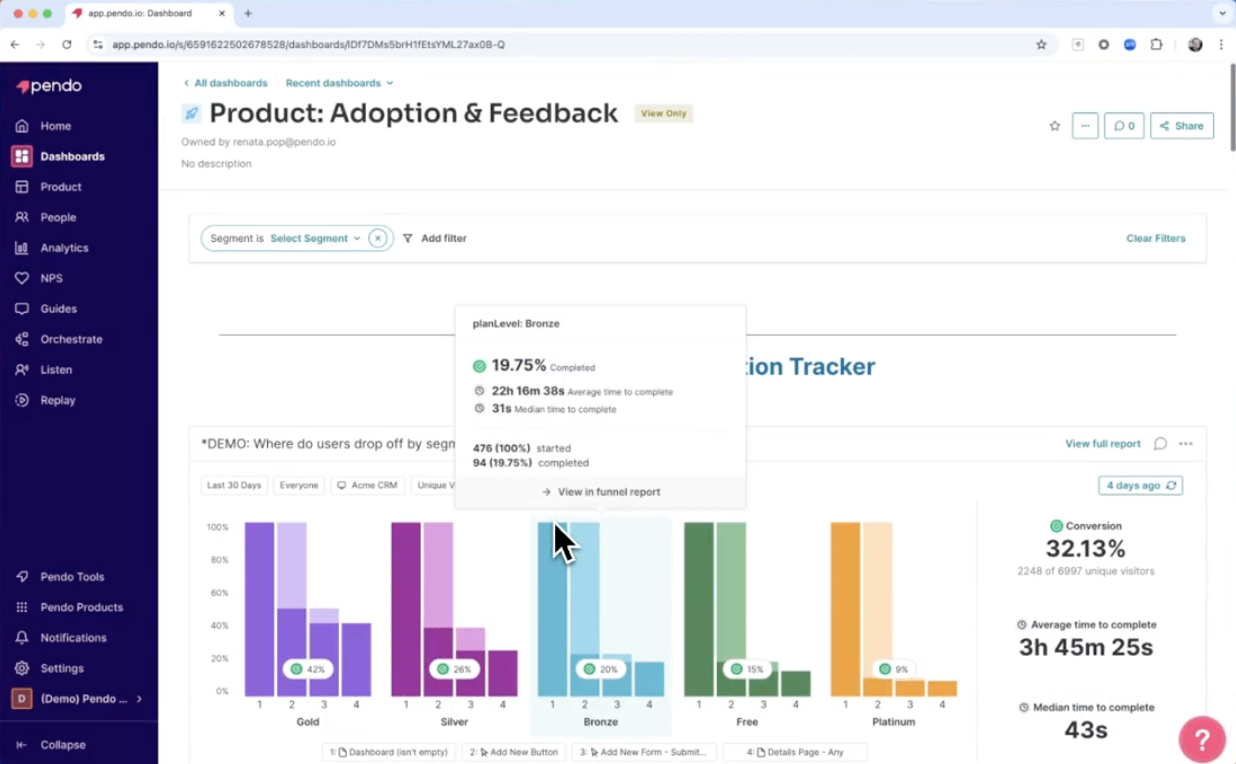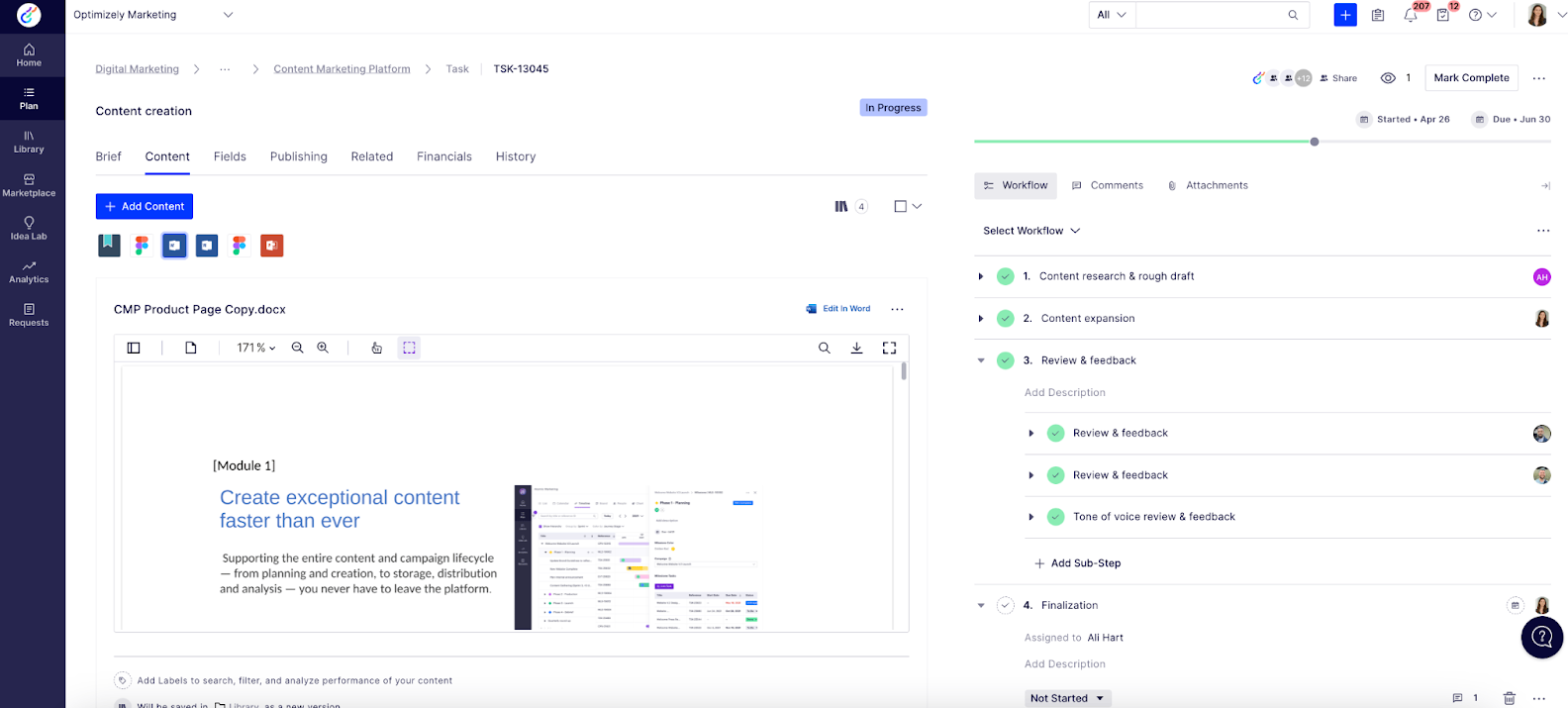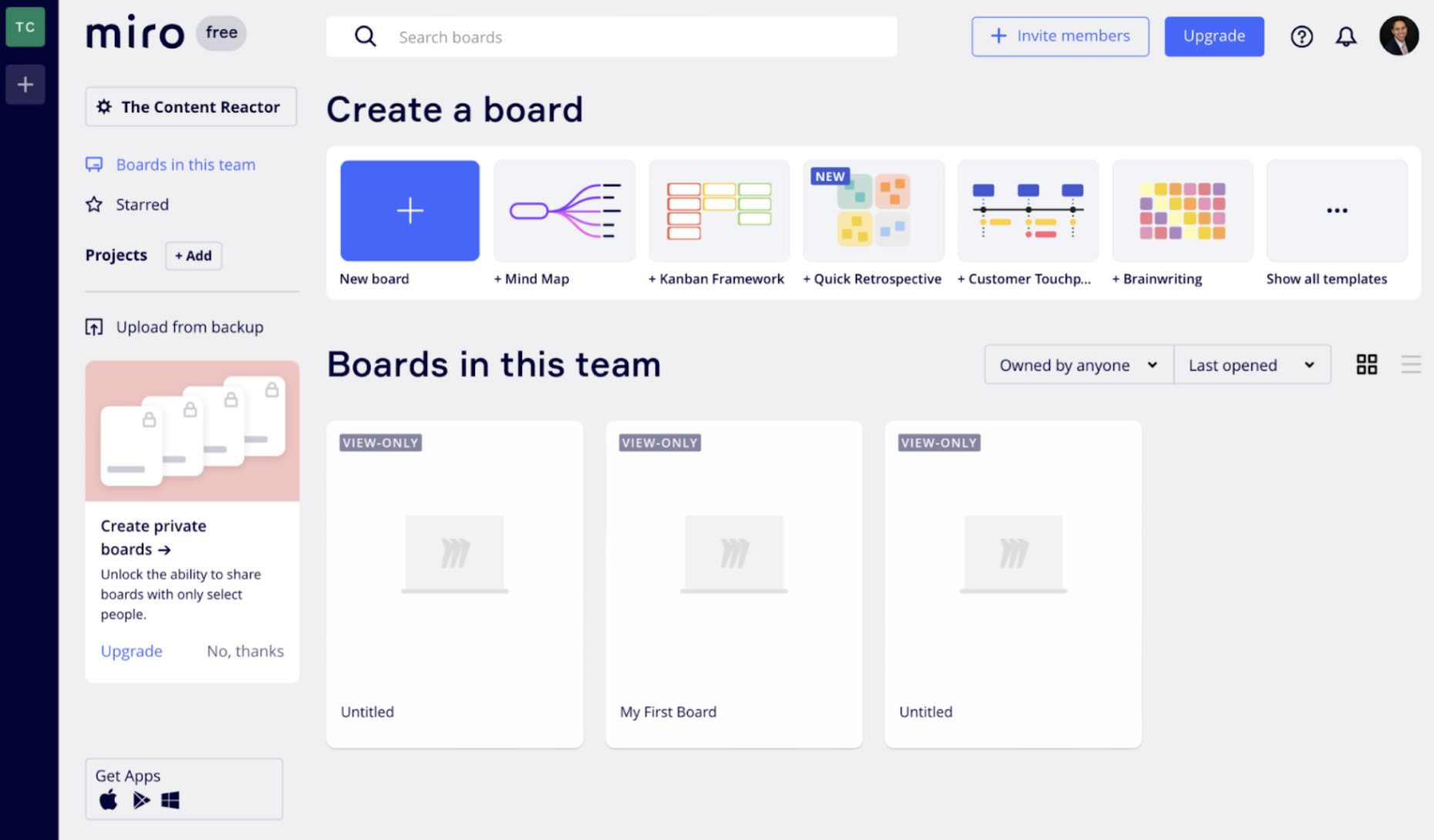Best 5 product operations tools
Product operations is a relatively new business concept that’s quickly gaining traction across professional industries. It’s the process of constantly improving your product and your business operations to provide a better experience for employees and customers. Uber, for example, has a team of product operations managers who constantly talk with drivers and riders to understand their experiences and frustrations.
Product operations is a data-driven role. It requires teams to have a big-picture vision for the product and a constant desire to make it better — and it demands specialized tools for success.
If you’re exploring the field of product operations, get to know some of the systems and apps available to you. Keep reading to learn what the top five product operation tools are and why they’re the best in the field.
1. Jotform
Jotform is an incredibly flexible software that will quickly become one of your favorite product operation tools. You can create forms to collect customer feedback and review changes they want to see in the software. You can set up processes for employees to submit issues they find while also brainstorming solutions to known problems.
Jotform has hundreds of templates you can start with to make form building easy. This flexibility makes it an essential tool for teams that need one app to fulfill several functions. If you’re running product operations on a budget, make sure you have Jotform on your side.
Every team can approach product operations differently. Some companies have steady streams of feedback where they get constant alerts about new problems they need to address. Other companies want to increase their sales by reviewing analytics and A/B testing options. By developing the best processes for your company, you can constantly improve your products and user experience.
2. Jira
Jira is an issue- and product-tracking software. It’s useful for smaller companies that have a singular software product and for large organizations where thousands of people use the same systems. When something is wrong with a system, app, or website, an employee can submit a ticket through Jira. The development team can then address the ticket and see if the issue needs additional review.
Jira is one of the most useful product operation tools because it allows your teams to track the progress of tickets while also highlighting trends. For example, if there are several tickets that all highlight a slow-loading page, the development team can focus on identifying and repairing that issue. Product operations focuses on long-term improvement, not simply IT fixes to minor problems.
3. Pendo
Pendo is one of the most widely recognized product operation tools on the market. This firm aims to help brands accelerate and deepen software product adoption. First, companies track analytics to understand how customers engage with their software. From there, teams make improvements to increase the value and usability of the software. They might decide that an existing tool needs an added feature or that an entirely new tool is required.
Pendo is unique because it allows teams to combine qualitative and quantitative insights. This provides additional support behind the numbers. While a company might look at data and wonder why customers only spend a few seconds on a particular page, Pendo’s qualitative insights provide clear answers. This reduces the chances that companies might come to the wrong conclusions with their data and provide the wrong repair to a problem.
4. Optimizely
While product operation tools can help teams identify problems, they don’t always provide clear solutions. Some development teams could actually make the issue worse if they make an improvement to an app interface or software system based on guesses and gut feelings. Optimizely takes the guesswork out of these modifications.
Optimizely is an A/B testing system that allows companies to run two different modifications against each other. For example, a company might test an orange checkout button against a red one to see which generates a higher click rate. It could test the placement of the button to see if users can find it.
Optimizely taps into the nature of continuous improvement that comes with product operations. It’s not enough to find that one system is better than another — teams then need to find an even better option that drives superior results.
5. Miro
Brainstorming sessions are great for getting the creative juices flowing, but remote teams don’t have the luxury of gathering around a whiteboard to hash out solutions. Miro is looking to change that. It’s an online collaborative whiteboard platform where teams can share ideas, post feedback, and leave comments to move discussions forward.
Miro is also useful for a variety of work styles. Teams that use agile project management systems can use Miro for their daily stand-up meetings to review the day’s tasks. Developers faced with software challenges can brainstorm solutions and collect notes on the customer experience. If your team needs to juggle multiple tasks and projects at once, you can benefit from Miro.
Photo by: Pavel Danilyuk


















Send Comment: